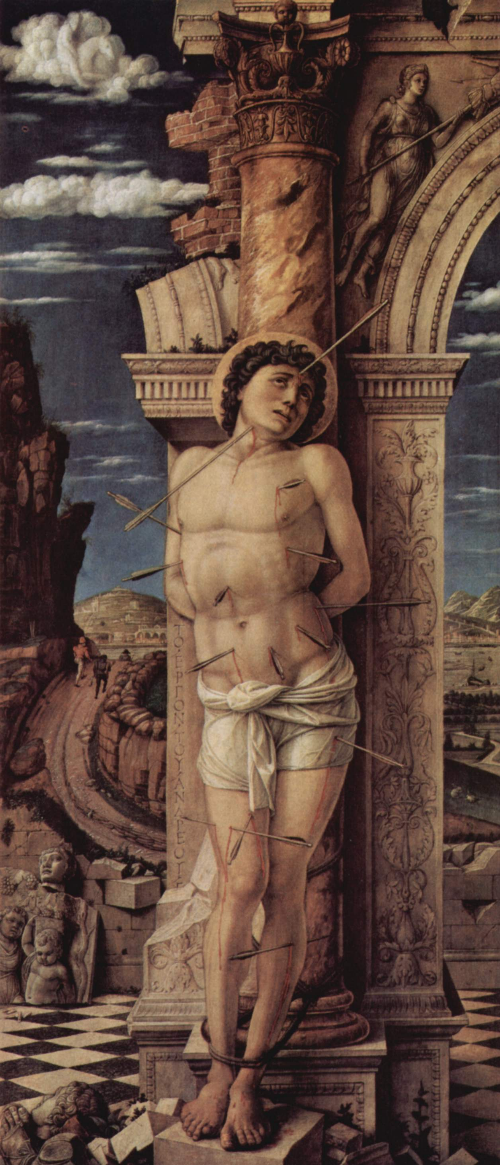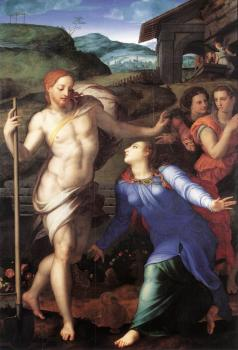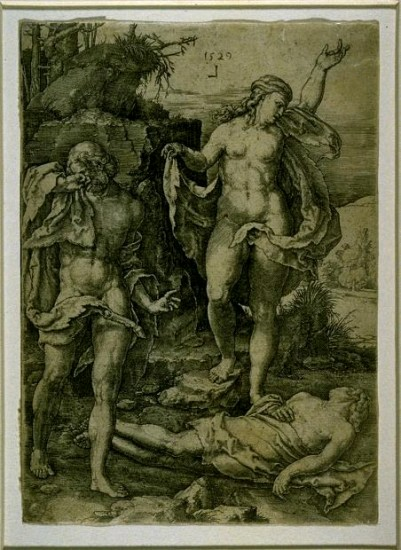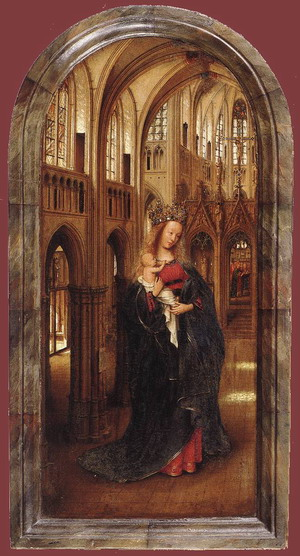If we attempt to discuss the peculiarities of painting in Italy and the Netherlands within the period of the 14th through the 16th century, it is of crucial importance for us to animalize it within the context of the Renaissance and its basic principles, which are reflected not only in painting but also in other kinds of art.
First, it is worth mentioning that the Renaissance as a cultural movement was dominant in the European culture from the fourteenth to the seventeenth century. The overwhelming majority of historians believe that this cultural movement springs from the thirteenth century Italy, in particular Florence.
As far as the painting is concerned, we can say that, to a certain degree it was originated by Giotto di Bondone. However, before we start discussing the peculiar features of painting in particular, we must first mention that the Renaissance symbolized the return to aesthetic values of Antiquity, to be more exact, realism.
Overall, it is quite possible for us to say that the Renaissance painting bridge the gap that existed between the Middle Ages and Baroque. If we speak of Renaissance we cannot but mention humanism, the impact that it had on the painting cannot be overestimated. Especially it is reflected in the idealization of human body (that is more characteristic of Italian paining).
There was a wide range of techniques peculiar to Renaissance painting. First, we can mention the so-called foreshortening, which means the lines are shortened in order to create the illusion three-dimensional space. Moreover, we can mention such a technique as sfumato, which means merging of outlines (this technique was peculiar to Leonardo da Vinci). Another characteristic feature of the Renaissance painting is the frequent use of perspective. It was believed that the painting is some kind of window into space. It can be described in the following way: the objects are painted smaller depending on the distance from the observer. This creates the illusion of three- dimensionality. Besides, we can say that painters often resorted to the technique of chiaroscuro in other words the contrast between light and dark(Fleming, 291).
Now that we have given the most general description of the Renaissance painting perhaps it would be advisable to provide some examples that illustrate our point.
The first picture we are going to discuss is “St. Sebastian” painted by a prominent Italian artist Andrea Mantegna, who belongs to the Early Italian Renaissance. First, it is worth mentioning that the torturous death St Sebastian is a subject of three pictures, painted by Andrea Mantegna. The one of the main peculiarities of this picture is the very figure of St Sebastian. It produces such an impression as if the martyr were a stone sculpture.
Judging by this fact, we can infer that Mantegna employs the technique of the so-called sfumato or merging of the lines. Moreover, we can easily trace the influence of Antiquity especially its sculpture. What is also worth mentioning is the write rider in the skies. It is not so easy to notice this curious effect. This “white rider” has often been interpreted as a symbol of Saturn, an ancient Roman god. Thus, we may arrive at the conclusion that the influence of Antiquity is very pronounced (Fleming, 292).
To give more precise description of the Italian school of painting, we should discuss the works of another famous painter Agnolo di Cosino, who is usually known as Bronzino. Although, this painter is mostly renowned for his portraits he also took great interest in religious subjects. His oil painting’ Christ meeting St Mary near his grave” The main peculiarity of this picture is the way the painter portrays Christ. He reminds an ancient Greek athlete rather than a subtle philosopher from Nazareth. Thus we may say that the influence of ancient Greek tradition is extremely strong.
Nevertheless, the Italian school is only one of the constituent parts of the Renaissance painting. We should also focus attention on the Netherlands or the so-called Flemish school and its the most prominent representatives. Overall, we can say that Dutch Renaissance painting has certain distinctive features that distinguish it from the Italian school. First, we can say the religious presence has a strong influence and in contrast to the Italian school, painters in the Netherlands did not focus so much attention on Antiquity. Some scholars characterize this style as religious and narrative.
Perhaps it would be better give some examples of the Netherland painting. First we can mention Jan van Eyck, who is considered to be the master of symbolism. The overwhelming majority of his paintings are saturated with religious images. One of the brightest examples is “Madonna in the church.” The painter uses light to emphasize the whole purity of Virgin Mary. According to van Eyck, Madonna represents the church. This statement can be proved if we look at the unusual size of Mary. Moreover, van Eycks symbolic use of light is aimed at showing the greatness of God.
Another prominent representative of the Dutch school of painting is Lukas van Leyden, who is mostly renowned for his engravings. Overall, we can say that Lukas van Leyden focused attention on the anecdotal situations of life; we can also say the painter was very inclined to caricatures. However, some of his engravings concentrate on religious topics, for example “Adam and Eve Bemoaning their Son Abel”, We may say that the author portrays them in a Greek manner which means that they to a certain degree resemble ancient sculptures. It produces the effect of three-dimensional space. The smoothness of outlines emphasizes the relief of the. figures.
Thus, we may arrive at the conclusion that Renaissance painting has various manifestations depending on the country. The most famous schools are Dutch and Italian. Judging by the pictures that we have discussed, it is quite possible to say that these schools have similarities and distinctions.
Bibliography
Hugh Honour and John Fleming, “A World History of Art”. Oxford University Press , 2005.
Paintings



